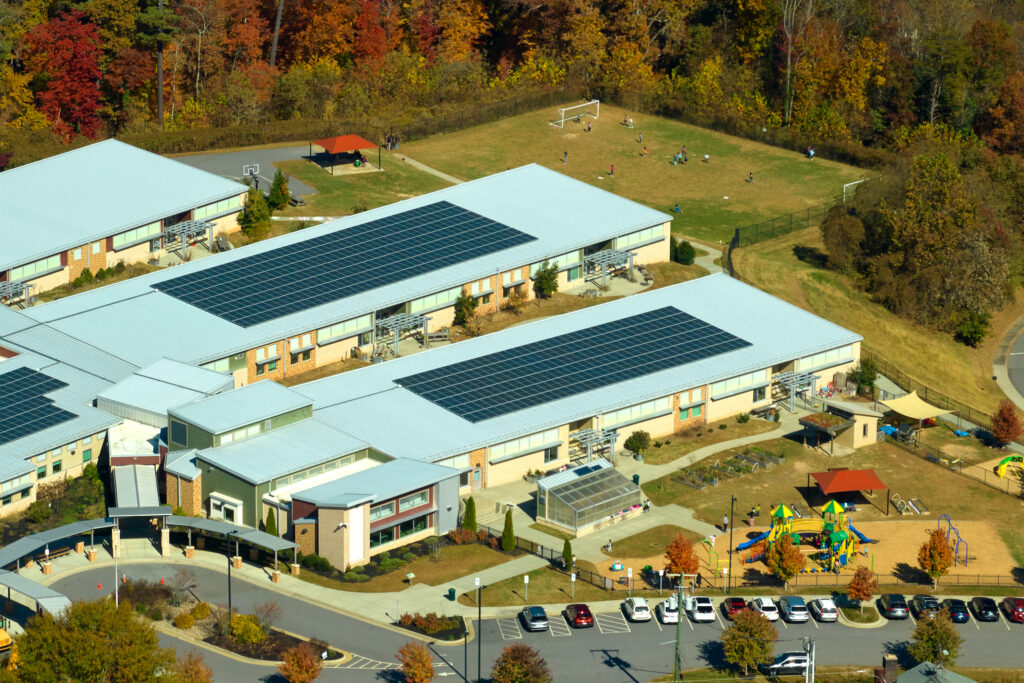Clean energy technologies are experiencing a surge in popularity, thanks to the Inflation Reduction Act, which introduces and expands tax credits for renewable energy initiatives. This landmark legislation presents an unprecedented opportunity for entities to invest in, manufacture, install, and produce clean energy. One of the most significant provisions within the act is “Direct Pay,” also known as “Elective Pay.” In this blog post, we will explore the benefits of Direct Pay and how it enables tax-exempt and governmental entities to actively contribute to building the clean energy economy.
What is Direct Pay?
Direct Pay, as introduced by the Inflation Reduction Act, allows tax-exempt and governmental entities to receive a payment equal to the full value of tax credits for qualifying clean energy projects. Unlike traditional grant and loan programs, Direct Pay ensures that eligible entities receive their payment if they meet the requirements for both Direct Pay and the underlying tax credit. This provision provides unparalleled policy certainty, enabling entities to undertake ambitious clean energy initiatives.
Eligibility and Benefits:
- State, Local, and Territorial Governments:
– Eligible entities include states, U.S. territories, political subdivisions, agencies, and instrumentalities of state or local governments.
– Direct Pay enables local governments to invest in clean energy, accelerating the adoption of sustainable practices.
– Funding opportunities are available for projects such as solar, wind, battery storage, community solar, EV charging infrastructure, and purchasing clean vehicles for state fleets. - Tribal and Native Entities:
– Federally recognized Tribal governments, their subdivisions, and agencies, as well as Alaska Native Corporations, are eligible for Direct Pay.
– Direct Pay empowers Tribes to bring clean energy to their communities and enhance energy sovereignty and independence.
– Qualifying projects include solar arrays, which can receive the Investment Tax Credit and additional credits through the Low-Income Communities Bonus Credit program. - Rural Energy Cooperatives:
– Direct Pay is available to any corporation operating on a cooperative basis that provides electricity to rural communities.
– Rural electric co-ops can leverage Direct Pay to invest in clean energy projects, create jobs, and continue delivering affordable, reliable electricity.
– Geothermal wells, for example, can benefit from the Production Tax Credit and Energy Communities Bonus Tax Credit. - Other Tax-Exempt Entities:
– Eligible entities include 501(c)(3) organizations, religious or apostolic organizations, and all other organizations exempt under section 501(a) of the tax code. organizations such as public charities, private foundations, schools, hospitals, houses of worship, and others
– Direct Pay helps nonprofits install clean energy systems, reduce energy costs, and allocate more resources towards their mission.
– Nonprofits can also generate clean electricity for their communities through technologies like community solar.

Application Process:
To take advantage of Direct Pay, entities need to follow a simple application process:
- Identify the project and the applicable tax credit.
- Complete the project and determine the corresponding tax year.
- Determine the tax return due date and complete pre-filing registration with the IRS.
- File your tax return, including the registration number and necessary documentation.
- Receive your direct payment once your return has been processed.
The Inflation Reduction Act’s Direct Pay provision is a game-changer for clean energy initiatives. By enabling tax-exempt and governmental entities to receive the full value of tax credits, it provides the policy certainty and financial support needed to accelerate the transition to a clean energy economy. State, local, and territorial governments, Tribal and Native entities, rural energy cooperatives, and other tax-exempt entities now have the opportunity to invest in renewable energy projects, reduce costs, and promote environmental justice.
Are you interested in leveraging the Direct Pay provision for your clean energy project? Visit the IRS website to learn more about eligibility, registration, and the application process. Let’s join hands in building a sustainable future for generations to come.
Sources:
This blog post is a summary and interpretation of the information available on the provided website. Please refer to the original source and consult with a tax advisor for accurate and up-to-date information.

